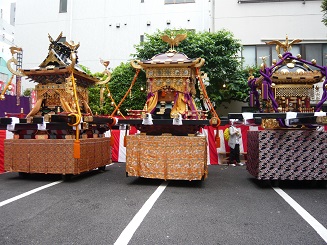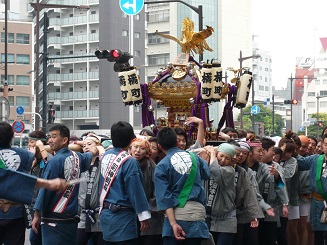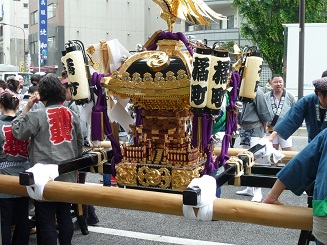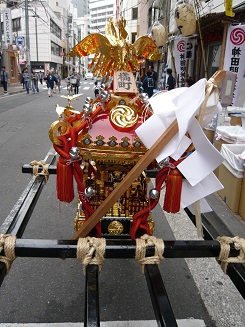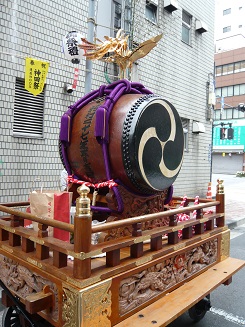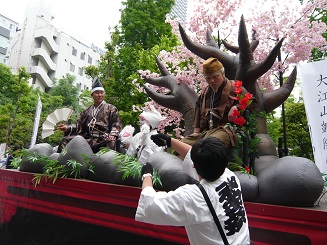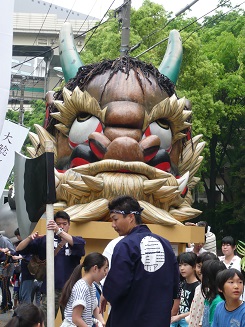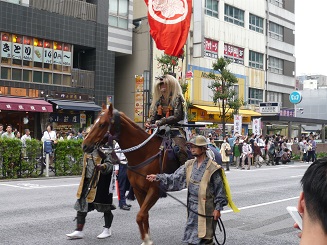Only 6 in Japan in Nihonbashi ☆Do you know that there is a hotel?
The name of the hotel is "Mandarin Oriental Tokyo".
The hotel is a luxury hotel opened in Japan in December 2005 by the Mandarin Oriental Hotel Group headquartered in Hong Kong.
In 1974, the group also acquired the prestigious The Oriental Bangkok (now Mandarin Oriental Bangkok) in Bangkok, Thailand, which is always the top hotel rankings in the world.
Whether it's foreign or domestic, it's the top in the hotel rankings. The Michelin Guide Tokyo has received the highest ranking of hotel ratings, and the world's first "six stars" rating from an American Academy of Hospitality Science.
It occupies the 30th to 36th floors of Nihonbashi Mitsui Tower, a large complex redevelopment building next to the Mitsui Main Building, a national important cultural property in Nihonbashi, but it is very difficult to tell where the hotel entrance is located from Chuo-dori.
Enter the small entrance in front of the lobby and go a little further, and you will find an elevator platform on your left.
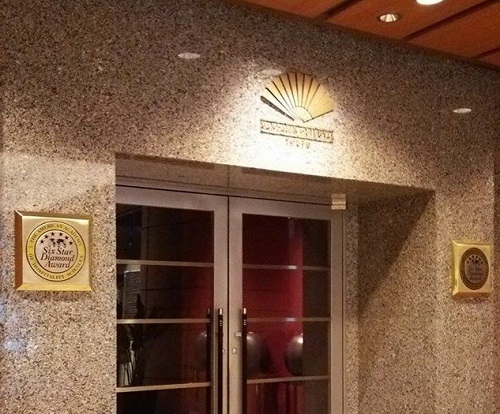
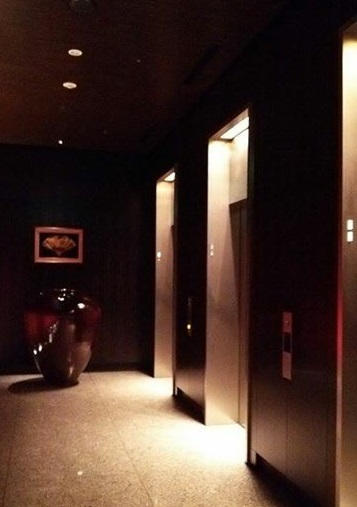
The front desk of the hotel is located on the top floor (38th floor), with the hotel lobby, breakfast restaurants and tearooms on and below floors.
The guest room is a dedicated elevator and you can't get on the elevator without a card key in the room, but anyone can enter this lobby and the view of Tokyo from the glass-covered lobby is exceptional because there are not many tall buildings around it. Of course, it's good to drink tea in the tea room.
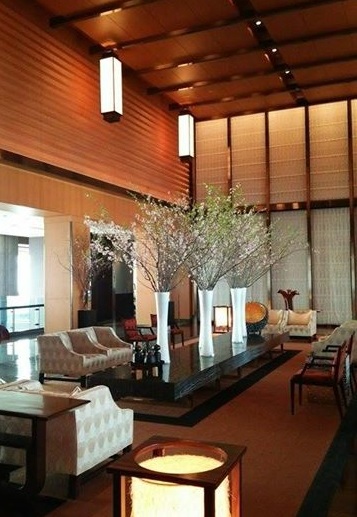
However, the real recommendation is not the view from the lobby!
Let's enter the toilet next to the lobby! As expected, 6 ☆The hotel is a great toilet! There are plenty of warm towels to wipe your hands.
But the most wonderful thing is the view from the toilet. The entire area is covered with glass and the Sky Tree is in front of you, and there is no tall building on the way, so you can overlook the Sumida River.
There will be no such observation deck overlooking the stunning downtown scenery of Tokyo and the sky tree (it is also free!)
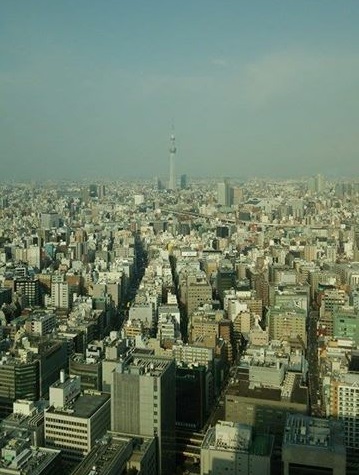
By the way, when you return to the lobby, you can enjoy another worthy scenery.
On the other side of the toilet, that is, the window facing west, you can see the buildings around Tokyo Station in front of you, but look closer and look directly below. You can see the building with a green roof. This is the main building of the Bank of Japan head office, which was designated as a National Important Cultural Property in 1974.
Designed by Kingo Tatsuno, an architect who worked on Tokyo Station and other places, this work represents the modern Western-style architecture of Meiji period, which is said to have been modeled on the Belgian central bank, with a baroque style such as pillars and dome <maru roof> and a renaissance style such as regular windows.
This building is famous for its appearance as a "yen" when viewed from the sky, but it is said that the original letter of "yen" at the time of construction is "en", so it is not conscious of "yen". However, since the word "en" has been used for a long time as an abbreviation (handwritten character) for "en", there is also a theory that this form was intended for "en", and I feel that this is more romantic.
Anyway, there is no other place where you can see the Bank's building in the shape of the yen directly below, so please take a look. (It's actually sideways...)
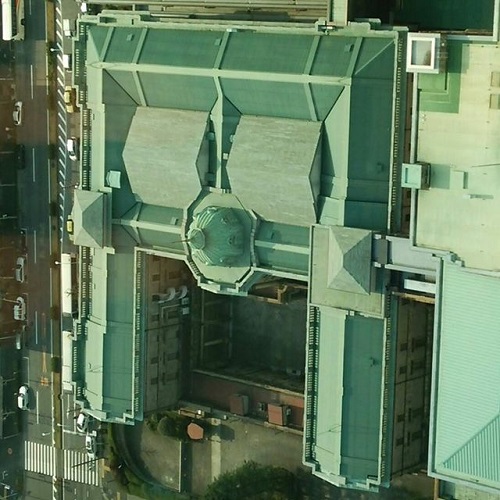
This Mandarin Oriental Hotel Tokyo has a total of 178 rooms. The most basic deluxe is about 50 square meters in size and the room cost is 50,000 yen (twin) including breakfast. It's not so expensive compared to other famous hotels, so you may stay here to make a topic.

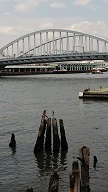
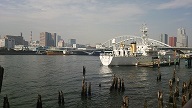 The right side of the opposite bank is Tsukiji Central Market. "St. Luke's Tower" far away.
The right side of the opposite bank is Tsukiji Central Market. "St. Luke's Tower" far away.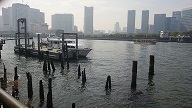 On the left side of the downstream is the Hamarikyu Garden.
On the left side of the downstream is the Hamarikyu Garden.




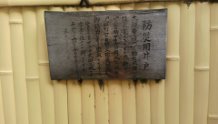
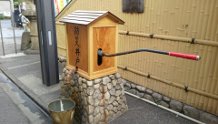
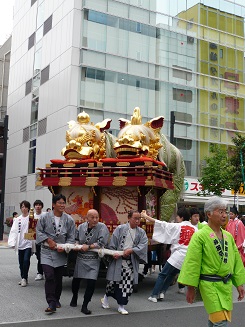 At 13:30, we arrived at Yakken Dori Fudoin. Since the former Kariya was located in Ryogoku (now Higashi-Nihonbashi 2-chome), the Shinto ritual, which is calledportable shrine, is held here. This is the only place where three units are available outside Kanda Myojin.
At 13:30, we arrived at Yakken Dori Fudoin. Since the former Kariya was located in Ryogoku (now Higashi-Nihonbashi 2-chome), the Shinto ritual, which is calledportable shrine, is held here. This is the only place where three units are available outside Kanda Myojin.